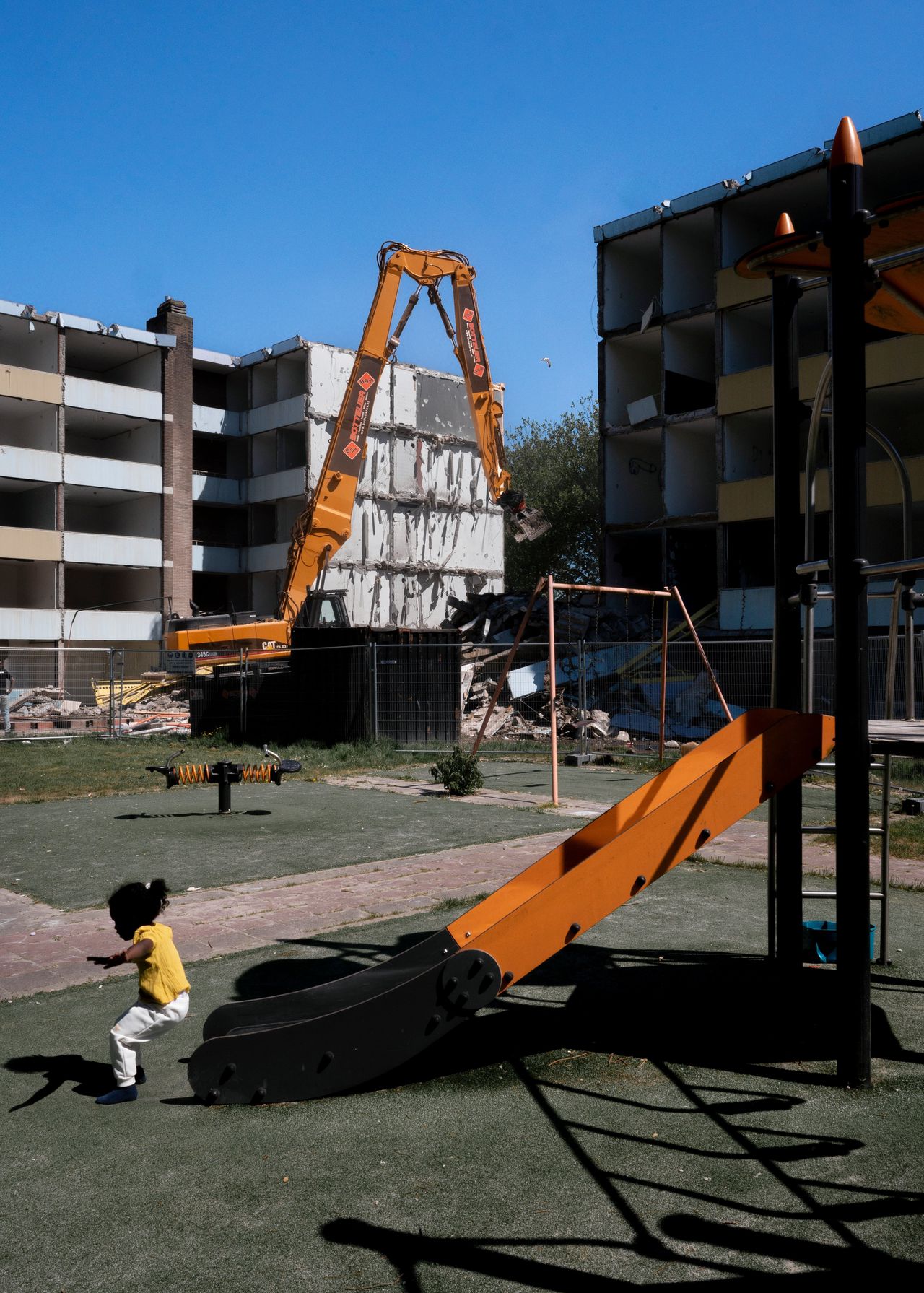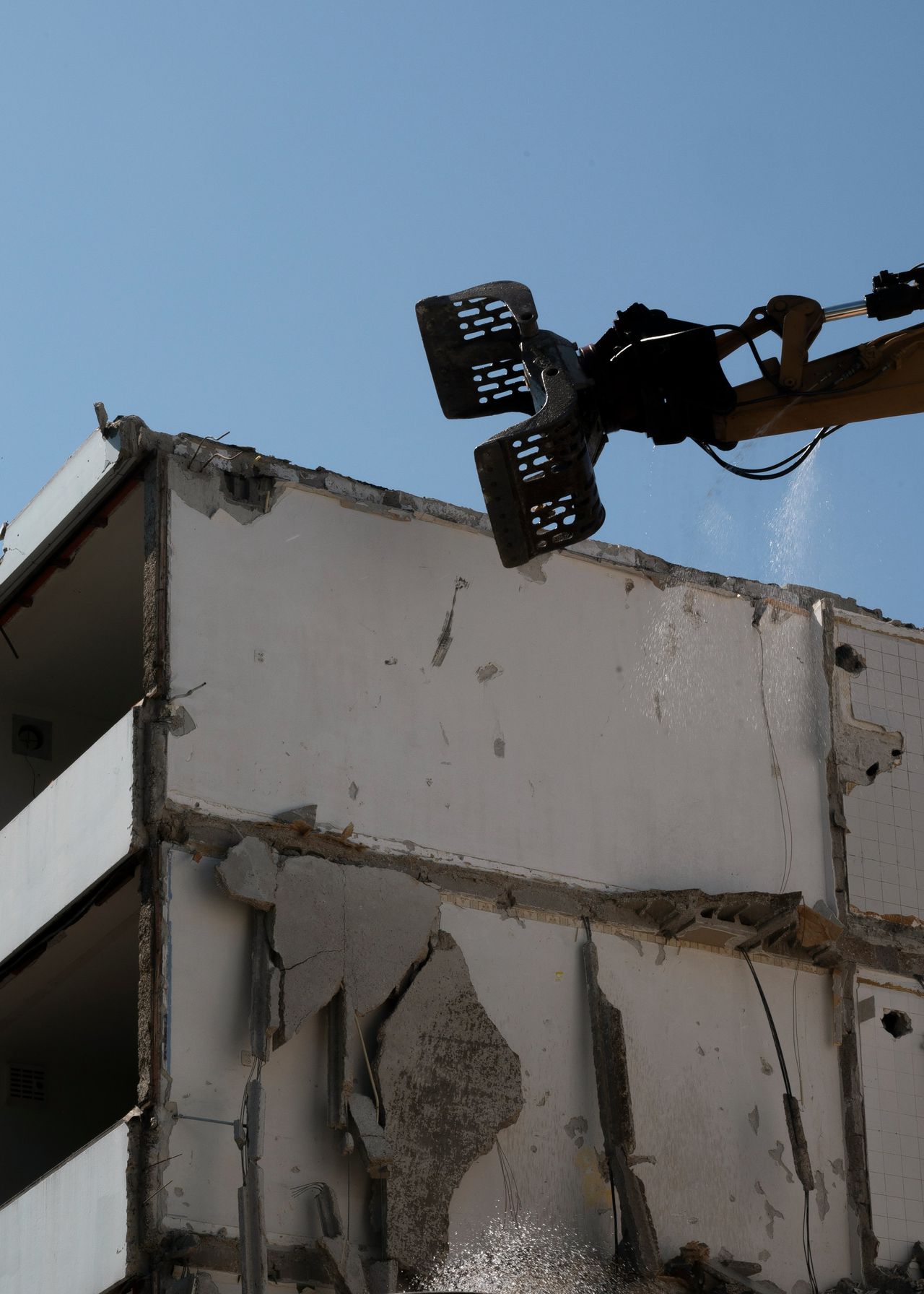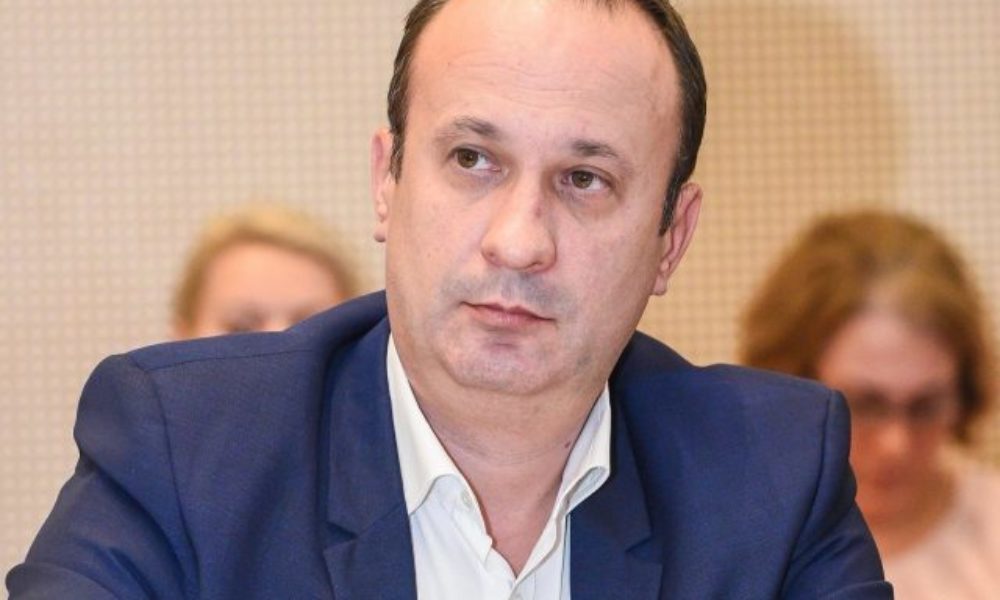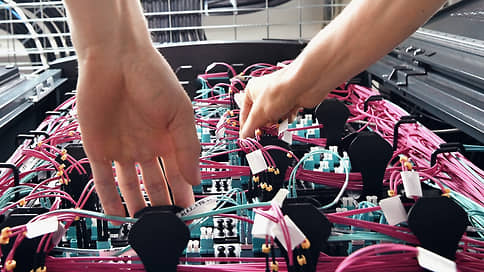Projects get stuck in pressure cooker of Dutch housing
:format(webp)/s3/static.nrc.nl/wp-content/uploads/2025/05/09211541/web-ZAT1005-IHN-Woningbouw-Chris-Bosch-Thumbnail2-1.jpg)
The Retro-Zean facades, the two-tone brick walls and the abundant glass panels-everything on the rows of houses and residential blocks at the fire station shines with novelty. On a building site, which is still towers unused street vowels and sewer pipes above piles, the text says: « Here we build on the newest city district of Zaanstad. »
That is good news for a city where the waiting time for a social rental home is 13.5 years. « There have to be many more homes there, » says Eric Nagengast, director of Real Estate at the Rochdale housing association. He points in the distance, where an excavator is lonely in a meadow with trees: « We would soon start with the second phase. »
So much, because the expansion of the residential area in the Oostzijderpark has become uncertain. The cause? « Nitrogen, » says Nagengast. The (former) sports fields where the neighborhood should be, are sandwiched between busy roads. Together with rising cars, the construction machines may ensure that there is too large a precipitation of nitrogen oxides in the nearby nature reserve De Jagersplas. Nagengast says: « We no longer know if we can build here. » That depends on whether a nature permit will be issued.
Nagengast continues with the reporter on a round along some (planned) construction projects in Zaandam. These are projects that are faltering, for example because the judge has closed the last goat paths in nitrogen. « Many municipalities are struggling with these types of problems, » says Nagengast, « but Zaanstad is really a pressure cooker of Dutch housing. »
/s3/static.nrc.nl/wp-content/uploads/2025/05/14153525/data132215393-fcc475.jpg)
High -rise pace
Zaanstad builds a lot, as an analysis learns NRC Of the rural housing production in 2024. Last year, 178 homes were delivered per 10,000 households, more than twice the national average of 83 homes. Building permits have been issued for another 4,600 homes; Only five municipalities will build more than the eighteenth municipality in the Netherlands in the coming years.
Read also
Seven reasons why too few houses are being built in the Netherlands
Zaanstad also runs faster against obstacles than many other municipalities. For example, where the traffic jam on the electricity grid elsewhere is primarily a threat, the so -called Netcongestie in Zaandam is already lambing projects. « Next month we will deliver 45 homes in Zaandam Oost, but they cannot be connected to the power grid before 2026, » says director Monique Kwaak of the Parteon housing corporation via a video connection: « So what are we going to do? »
The old industrial city also comes across physical boundaries, explains alderman Harrie van der Laan (living, party for the elderly and safety) in a video call: « Zaanstad is close to a protected provincial landscape and a nature reserve and is surrounded by several motorways. » As a result, when building, too much nitrogen threatens to hit Natura 2000 areas, says Van der Laan: « We wanted a learning work company for bicycle recovery along the highway, but that is also not possible due to the heavy nitrogen burden there. »
In addition, the social rents were frozen for two years in the Spring Memorandum. « As a result, corporations have less money for housing projects, » says Van der Laan. He is now taking on the damage of the rental framework with the corporations. That damage also means, he says, that an extensive urban renewal project in Zaandam Oost is « under pressure. »
/s3/static.nrc.nl/wp-content/uploads/2025/05/14153520/data132215459-3069a5.jpg)
The Spaghetti flat
Nagengast parks the car next to an L-shaped apartment building in the Poelenburg district, which has been demolished except for the concrete skeleton. « This is the spaghetti slat, » he says. The building from the sixties owes this nickname to the first inhabitants, Italian immigrants who worked in the-now disappeared-ADM-Scheepswerf. « Here comes a house of the Wijk, including a community center, a neighborhood team and a library, » says Nagengast. There will also be homes – mainly owner -occupied homes to attract richer residents to this poor district.

Many residential blocks have already been renovated in Poelenburg, where the flat is located, and in adjacent neighborhoods. Zaandam Oost is one of twenty areas Get that extra money from the government to increase the quality of life, safety and health. The Spaghetti project must be the crown on urban renewal.
Read also
500 euros for a mattress or fraud with mortgages – in Zaandam, exploiting Bulgaren is a ‘earnings model’
« The only question is whether we still have money for this project, » says Gentengast. On a piece of paper he draws two beams, one for the editions of his corporation and a somewhat longer for income. « The difference is our annual exploitation result, which some people call » profit, « explains Nagengast. That ‘profit’ must be at least 1.4 times as high as the interest charges, the regulator demands. « So we can’t just use that to finance the construction. »
By freezing the rent, Rochdale eventually misses 25 million euros per year in income. With that amount, the corporation could have borrowed 750 million euros for housing – but now no more. « In total we have planned for 2.4 billion euros in projects. That means we have to delete a third, » says Gentengast: « We are now looking where we can reasonably do that. »
This also applies to Corporation Parteon, which misses 7.8 million euros in rental income. « That amounts to 200 million investments that we cannot make now. That is equivalent to building 650 homes or making 4500 houses more sustainable, » says Kwaak. Parteon also buys houses in Poelenburg, to prevent them from (again) in rogue hands of, for example, house milkers: « That is now very difficult. »


The spaghetti slat in the Zaanse district of Poelenburg has to make way for (mainly) owner -occupied homes and, among other things, a library, but the freezing freezing throws a spanner in the works.
Photo Bram Petraeus
Rural municipality
Will the rental freezing hurt here, with this outdated business park in the Boerejonkerbuurt at De Zaan? « Individuals have been trying to develop this site for years, » says Nagengast, « but the plan has only become conclusive with our help. » Rochdale demolishes his reconstruction flats that are next to it, makes the land available to the project and will get new homes back in exchange. « A good deal, » says Nagengast: « But maybe we’re not going to do this. » This is a project where Rochdale can possibly still get out.
A little further on, the renovation of a row of monumental twenty-year-old houses is in full swing. « That costs 3.5 tonnes per home, » says Nagengast. The blocks next to it, where once employees of a slaughterhouse lived, were demolished. Social rental homes must be in the empty spot, but the development is stopping. « The municipality demands forty parking spaces here, » Nagengast explains. « There is no room for that. And there is no money for building a parking garage. »
A plan to reduce the number of mandatory parking spaces per home (now more than one and a half for many homes) died earlier this year in the Zaanstad municipal council. As a result, fewer homes can be built here than in, for example, Amsterdam, where the parking standard for a social rental home is zero. « Zaanstad is getting a really big city, » sighs Nagengast, « but remains a rural municipality with parking. »
It is indeed ‘very unfortunate’ that the parking plans have not been adopted, says Alderman Van der Laan. Yet, according to him, building social rental homes is ‘not impossible’. With ‘customized agreements’ per project, he hopes to « maintain construction production ».
/s3/static.nrc.nl/wp-content/uploads/2025/05/14153518/data132215485-675ae2.jpg) Monumental homes are being restored in what is still called ‘Slachthuisbuurt’. The development of 95 social rental homes next to it is stopping because the municipality demands the construction of priceless parking spaces.
Monumental homes are being restored in what is still called ‘Slachthuisbuurt’. The development of 95 social rental homes next to it is stopping because the municipality demands the construction of priceless parking spaces.Big Bang
Again the car drives along green sports fields, now on the south side of Zaandam. « There must be flexible homes for emergency seekers, » says Nagengast, among others. At least, if the neighborhood can be connected to the electricity grid.
« We want to try to extend a cable from a project in the neighborhood, » says Alderman Van der Laan, « but the question is whether this is possible. » Frustrated, he still mentions some projects that get stuck on Netcongestie: flexible homes on a former IKEA site on the Zaan, senior homes at the mosque in Poelenburg: « No electricity, nothing. And therefore no home. »
/s3/static.nrc.nl/wp-content/uploads/2025/05/14153515/data132215558-cd9ce1.jpg)
This is not a typical Zaans problem, says Huibert Baud through a video connection; He is director of customer & design of the regional network operator Liander. Throughout the Netherlands we are busy doubling the net, « he explains: » That means that we will roughly build as many cables in ten years as above in a hundred years. » Aldermen sometimes tell him: just join us, then we will see. « If the capacity is not sufficient, you have a good chance of malfunctions. » So no, he doesn’t start that.
The extensive post -war neighborhoods are characteristic of Zaanstad. « Through those neighborhoods, many – literally – thin copper wires run. They all have to get thicker, » says Baud. In addition, the corporations here want to make their dated homes more sustainable here. Heat pumps in, gas pipes out. “Zaanstad really undergoes one Big Bang« , Says Baud. » If we do everything at the same time, it just can’t handle this. » He also informs municipalities and corporations regularly.
Not everything happens with a big bang. « Here we will only insulate, » says Nagengast, while he drives past long flats: « We promised the residents so long ago. So we will continue to do so. »
/s3/static.nrc.nl/wp-content/uploads/2025/05/14153513/data132215573-88abc7.jpg) At Sportpark Poelenburg in Zaandam, 172 flexible homes are planned for emergency seekers, but it is uncertain whether they can be connected to the power grid.
At Sportpark Poelenburg in Zaandam, 172 flexible homes are planned for emergency seekers, but it is uncertain whether they can be connected to the power grid.

:format(webp)/s3/static.nrc.nl/wp-content/uploads/2024/11/01120148/data123805752-6fd3a7.jpg)
:format(jpeg):fill(f8f8f8,true)/s3/static.nrc.nl/images/gn4/stripped/data132229537-dc6cc9.png)
:format(jpeg):fill(f8f8f8,true)/s3/static.nrc.nl/bvhw/wp-content/blogs.dir/114/files/2019/07/roosmalen-marcel-van-online-homepage.png)
:format(jpeg):fill(f8f8f8,true)/s3/static.nrc.nl/taxonomy/bf9b707-commentaar-itemafbeelding-2024.png)


